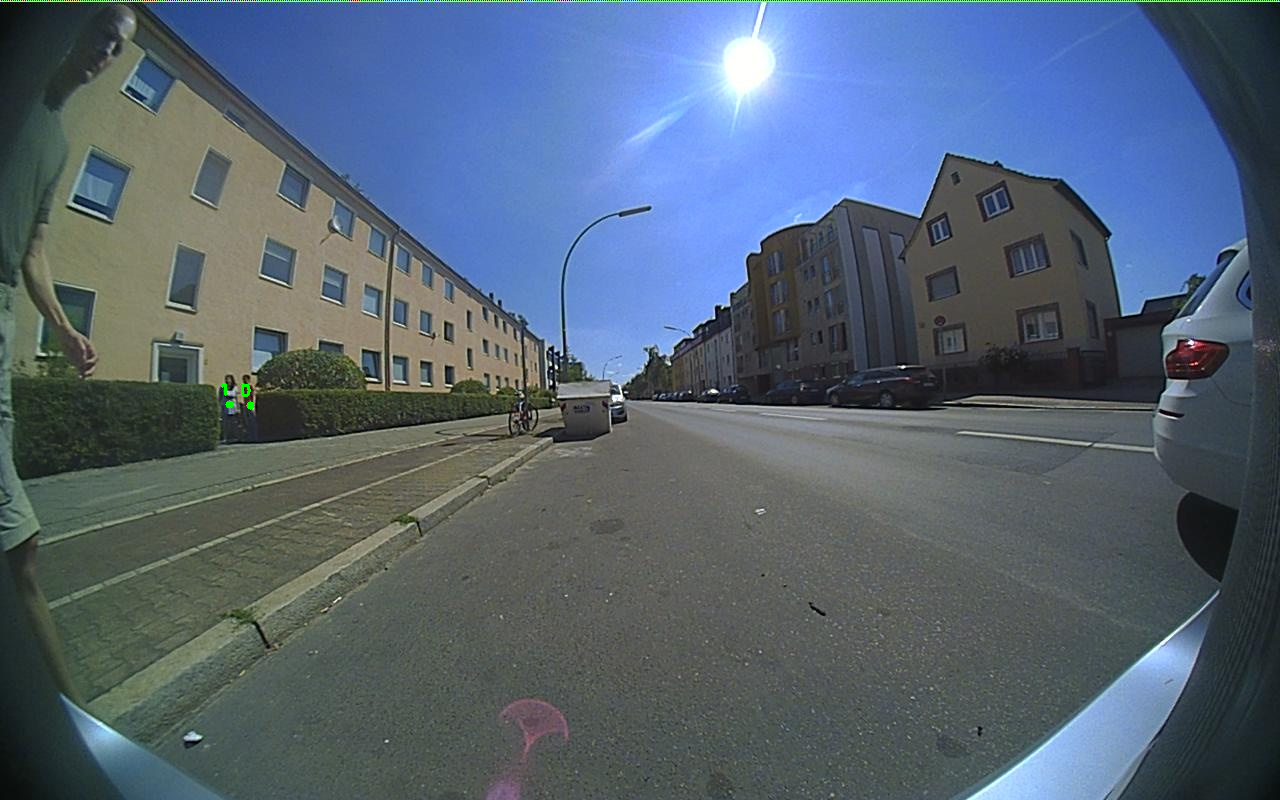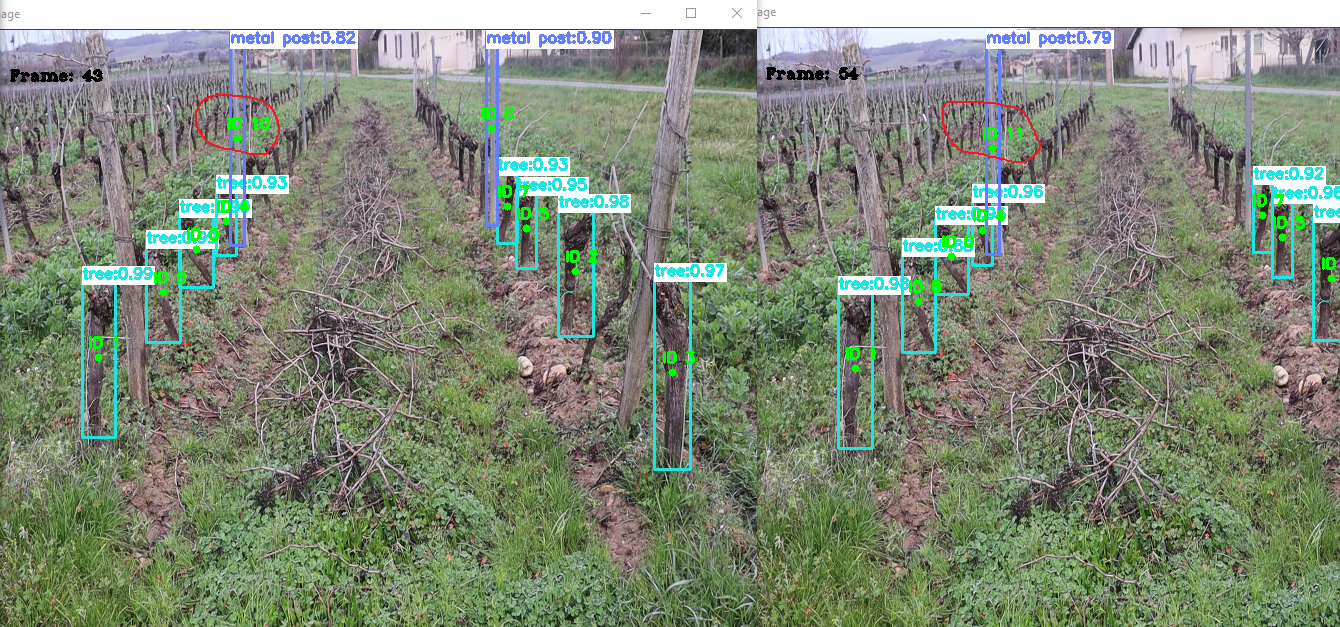Easy to use implementation of various multi-object tracking algorithms.
YOLOv3 + CentroidTracker |
TF-MobileNetSSD + CentroidTracker |
|---|---|
 |
 |
| Video source: link | Video source: link |
- CentroidTracker
- IOUTracker
- CentroidKF_Tracker
- SORT
- detector.TF_SSDMobileNetV2
- detector.Caffe_SSDMobileNet
- detector.YOLOv3
Pip install for OpenCV (version 3.4.3 or later) is available here and can be done with the following command:
pip install motrackers
Additionally, you can install the package through GitHub instead:
git clone https://github.com/adipandas/multi-object-tracker
cd multi-object-tracker
pip install [-e] .
Note - for using neural network models with GPU
For using the opencv dnn-based object detection modules provided in this repository with GPU, you may have to compile a CUDA enabled version of OpenCV from source.
The interface for each tracker is simple and similar. Please refer the example template below.
from motrackers import CentroidTracker # or IOUTracker, CentroidKF_Tracker, SORT
input_data = ...
detector = ...
tracker = CentroidTracker(...) # or IOUTracker(...), CentroidKF_Tracker(...), SORT(...)
while True:
done, image = <read(input_data)>
if done:
break
detection_bboxes, detection_confidences, detection_class_ids = detector.detect(image)
# NOTE:
# * `detection_bboxes` are numpy.ndarray of shape (n, 4) with each row containing (bb_left, bb_top, bb_width, bb_height)
# * `detection_confidences` are numpy.ndarray of shape (n,);
# * `detection_class_ids` are numpy.ndarray of shape (n,).
output_tracks = tracker.update(detection_bboxes, detection_confidences, detection_class_ids)
# `output_tracks` is a list with each element containing tuple of
# (<frame>, <id>, <bb_left>, <bb_top>, <bb_width>, <bb_height>, <conf>, <x>, <y>, <z>)
for track in output_tracks:
frame, id, bb_left, bb_top, bb_width, bb_height, confidence, x, y, z = track
assert len(track) == 10
print(track)
Please refer examples folder of this repository for more details. You can clone and run the examples.
You will have to download the pretrained weights for the neural-network models. The shell scripts for downloading these are provided here below respective folders. Please refer DOWNLOAD_WEIGHTS.md for more details.
- There are some variations in implementations as compared to what appeared in papers of
SORTandIoU Tracker. - In case you find any bugs in the algorithm, I will be happy to accept your pull request or you can create an issue to point it out.
Please see REFERENCES.md and CONTRIBUTING.md.
If you use this repository in your work, please consider citing it with:
@misc{multiobjtracker_amd2018,
author = {Deshpande, Aditya M.},
title = {Multi-object trackers in Python},
year = {2020},
publisher = {GitHub},
journal = {GitHub repository},
howpublished = {\url{https://github.com/adipandas/multi-object-tracker}},
}





